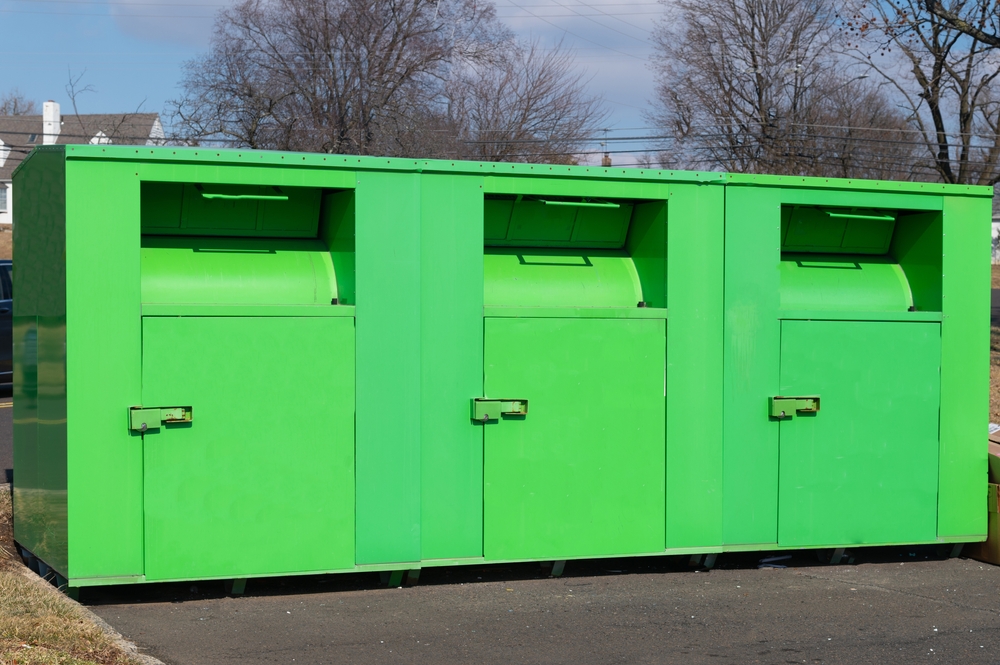Blog
The textile recycling industry has a big potential to turn waste into a resource
The textile recycling industry has a big potential to turn waste into a resource
Textile waste and fiber recycling are among the strongest-growing lines in the recycling industry. There is a strong will to improve textile recycling on an industrial scale, as textile production is one of the most polluting businesses in the world.
Speaking only of Europe, one person consumes approximately 26 kilograms of textiles annually and disposes of roughly 11 kilograms of those. Most (87 %) of it is burned or thrown away in landfills. All in all, 10 % of global greenhouse gas emissions are caused by clothing and footwear production.
The core question is, how to effectively recycle textiles within a functional value chain?
More than just collecting used textiles is needed to solve the environmental challenges faced by the industry. There must also be methods that help recycling plants process textile waste and fibers effectively on a larger scale than ever before.
The good news is that the urge to improve textile recycling creates great possibilities for a sustainable industry that transforms waste into valuable resources.
Learn more about the state of textile waste recycling and what it means for companies that recycle textiles. We at Cross Wrap have been partnering with the recycling industry globally for years, and we offer solutions for automatic, safe, and cost-efficient bale handling methods.
“The minority of the world’s textile waste gets recycled today, but the situation will change drastically.”
Textile production creates a lot of environmental issues
The production of new textile fibers requires significant resources, such as water, energy, and land.
To mention some aspects of the environmental impact of the global textile industry:
- The production of clothing and footwear generates 10 % of the world’s emissions, more than the total of international air travel and maritime shipping.
- Approximately 2700 liters of water is needed to produce one t-shirt of virgin materials. This is the same amount that one person can drink in 2,5 years.
- It is estimated that textile production causes about 20 % of global clean water pollution.
So, it is certain that we need to improve textile recycling and use more recycled fibers to save the world’s natural resources.
The EU shows the way for the new era of textile waste recycling
Like many other areas related to a circular economy, the European Union is at the forefront of setting goals for better textile waste recycling.
The new EU Strategy for Sustainable and Circular Textiles aims to make sustainable textiles products the norm, which also means improved textile recycling practices.
The EU strategy includes a lot of improvements for textile recycling:
- Collecting textile waste will be mandatory by 2025 in the EU for both businesses and households.
- A significant increase in the use of recycled fibers in textile production is desired.
- The textiles should be easy to recycle after they have served their purpose.
”All textile waste in the EU must be recycled by 2025.”
Some countries have already started textile waste collection. For example, in Finland, the collection of textile waste has been mandatory since the start of 2023, leading to the construction of a new industrial-scale waste treatment facility.
The new EU strategy promotes more international collaboration between textile industry operators; Around 73 % of the clothing and household textiles consumed in Europe are produced in and imported from countries outside the EU.
Where there is a need to recycle more, there is a need for industrial-scale investments
What does the increased need for textile recycling mean for companies in the recycling industry?
The market value of recycled textiles is a compelling reason to invest more towards the circular economy. A report has estimated that the sorting and recycling of post-consumer textiles alone could generate a value of at least 74 million euros in the European economy.
As demand for recycled textiles grows, the infrastructure for effectively handling textile waste must also increase. This development is likely to entail ongoing innovation and investment in new technologies.
Insights of the textile waste industry:
- The amount of textile recycling is expected to grow explosively.
- Recycling facilities are expected to invest in machines and solutions that help to raise capacity.
- Automation and new technology will enhance the efficiency of recycling facilities.
- The processing, separation, and fiber-to-fiber recycling of different textile fibers will continue to advance.
Read also: Square bale vs round bale: how they differ?
Improve textile waste and fiber recycling with automated machines and solutions

Are you working in a textile recycling plant and want to increase the capacity and automatise your processes cost-efficiently? We offer solutions to automate the wire removal, opening, and wrapping of bales.
We have decades of experience in baling technology and have developed solutions for various recycling operations. The textile industry is an area that we are eager to advance in. Our solutions are suitable for different materials, such as polyester, PET, and cotton fiber, as well as complete garments.
Tailored Cross Wrap textile waste recycling machines and solutions include:
- Automatic bale dewiring removes the wires from material bales and improves operator safety.
- Automatic bale wrapping can wrap and protects the material from moisture.
- CW Bale Openers automatically cut bale film and wires, safely and effectively removing them from the baled material.
Cross Wrap’s automatic machines are trusted and operate in more than 60 countries.
Contact us to hear more about sustainable solutions and machines for the textile waste industry!
Read next: Ocean plastic recycling: can recycling industry innovations help?

